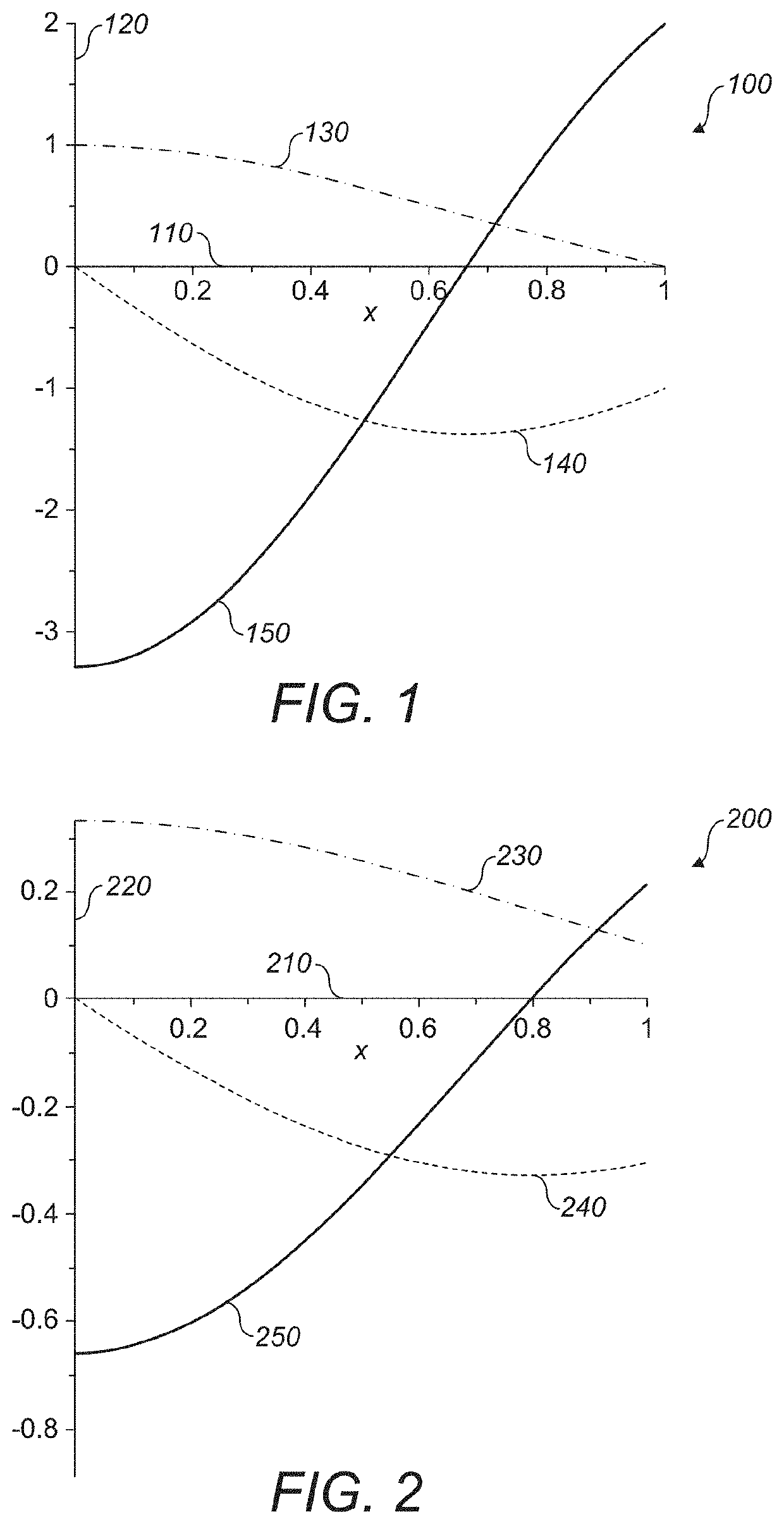Accelerated Hardware Using Dual Quaternions
a hardware and transform technology, applied in the field of hardware design using transforms represented as dual quaternions, can solve the problems of compromising efficiency, no good hardware implementation of tools required to manipulate and curate transform data, and difficult to track spatial systems. achieve the effect of reducing complexity and reducing complexity
- Summary
- Abstract
- Description
- Claims
- Application Information
AI Technical Summary
Benefits of technology
Problems solved by technology
Method used
Image
Examples
Embodiment Construction
[0016]I. Algebraic Underpinnings
[0017]Cayley-Dickson algebras are the algebras accessible via the Cayley-Dickson construction. The Cayley-Dickson construction involves taking each 2n−1-dimensional algebra, adding a further imaginary component which effectively forms a 2n-dimensional algebra with elements described as ordered pairs of the 2n−1-dimensional elements. In this way, complex numbers (2-dimensional) are ordered pairs of real numbers, quaternions (4-dimensional) are ordered pairs of complex numbers and so on. As more rounds of the Cayley-Dickson construction are applied, the resulting algebras lose operational symmetries and become harder to manipulate.
[0018]The Cayley-Dickson construction is valid so long as the square of each new imaginary component is −1. However, alternative algebras can be produced if when the final step is taken the square of the imaginary component is chosen to be otherwise. Further application of the Cayley-Dickson construction applied to these algeb...
PUM
 Login to View More
Login to View More Abstract
Description
Claims
Application Information
 Login to View More
Login to View More - R&D
- Intellectual Property
- Life Sciences
- Materials
- Tech Scout
- Unparalleled Data Quality
- Higher Quality Content
- 60% Fewer Hallucinations
Browse by: Latest US Patents, China's latest patents, Technical Efficacy Thesaurus, Application Domain, Technology Topic, Popular Technical Reports.
© 2025 PatSnap. All rights reserved.Legal|Privacy policy|Modern Slavery Act Transparency Statement|Sitemap|About US| Contact US: help@patsnap.com


